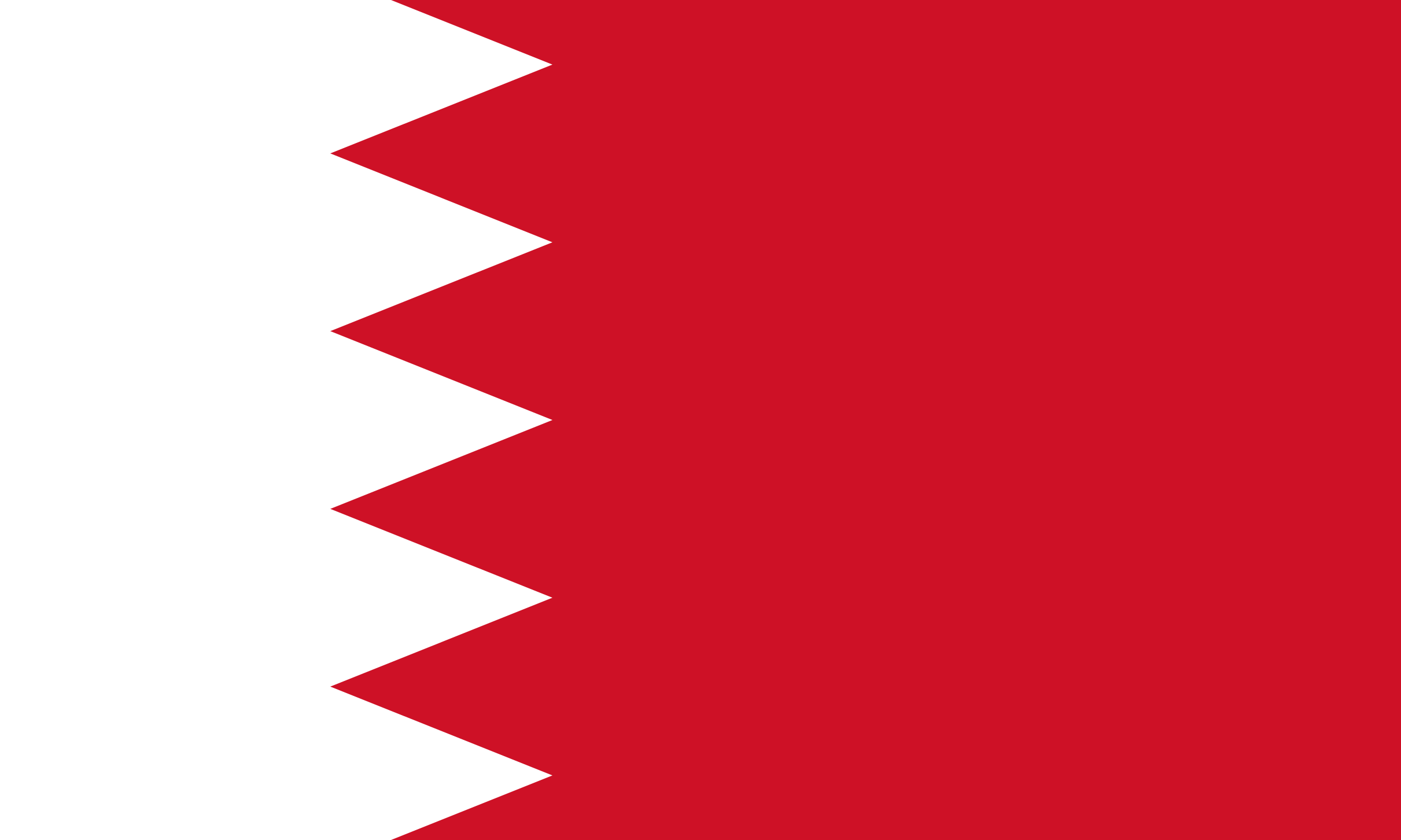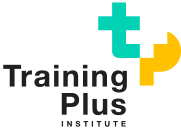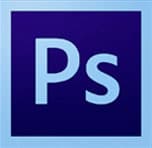TOTAL QUALIFICATION TIME
33 HOURS
EXAM CODE
Pre/Mid and Post Assessment (Local Achievement)
NQF LEVEL
5
COURSE DESCRIPTION
This design course is for students who want to create compelling, professional-looking graphic designs and photos. Students learn the basics of composition, color, and layout through the use of hands-on projects that allow them to use their creativity while developing important foundational skills. They use software’s (ie GIMP/ Photoshop/ Illustrator) to create a graphic design portfolio with a wide variety of projects involving the mastery of technical topics, such as working with layers and masks, adding special effects, and effectively using typefaces to create visual impact. The projects help students develop the skills they need to create and edit images of their own.
LEARNING OUTCOMES
| Upon completion of the course, learner is expected to: | |
| CO1 | Apply and demonstrate the correct use of Photoshop/ Illustrator tools to alter existing graphics for Internet, print applications, scientific research imaging, and medical imaging. |
| CO2 | Illustrate converting digital images and digital media into a movie format for interactive platforms of phone apps and web pages. |
| CO3 | Articulate and administer the functions and proposes of using image-editing software |
| CO4 | Clarify and demonstrate the basic operation of the image-editing software |
| CO5 | Produce design projects by composting layers with multiple files and manipulation of special effects |
| CO6 | Design web-ready pages for web design purposes |
COURSE OUTLINE
- Unit 1: Using your Hardware and Software
- Unit 2: Working with Photoshop/ Illustrator
- Unit 3: Working with Digital Images
- Unit 4: Cropping and Coloring Photos
- Unit 5: Tracing Photos
- Unit 6: Drawing
- Unit 7: Using Filters
- Unit 8: Arranging Images
- Unit 9: Layering Images
- Unit 10: Masking Images
- Unit 11: Selection Skills
- Unit 12: Word Graphics
- Unit 13: Enhancing Images
- Unit 14: Adding Effects
- Unit 15: Reflecting Images
- Unit 16: Professionalism
COURSE FORMAT
The taught instructor-led course will be a suitable mix of lectures, tutorials, workshops, case studies, videos and hands on practical exercises. Delegates will be given immediate opportunities to apply what they have learned with real life problems and case studies.
A comprehensive course workbook is at the core of this course and delegates will also be guided through additional material in the instructor-led sessions.
Lecture and Practical Hands-On Labs scenario by vendor provided LAB
PREREQUISITES
Prerequisites for the course include a fundamental understanding of graphic design principles, basic proficiency in relevant software tools such as Adobe Photoshop or Illustrator, creativity, attention to detail, and visual communication skills. Additionally, students should possess basic computer literacy and familiarity with digital imaging concepts. The course may also require access to appropriate hardware and software resources for image editing and manipulation. Preferably at least a diploma graduate in a relevant field and/or equivalent or is planning a career profession related to Designing and Editing Images. The course requires an intermediate to advance level of proficiency in the English language.
CAREER PATHWAYS AND JOB ROLES
Graphic design is a great career for people who are creative thinkers and enjoy art, technology, and communication. This course has the below career progressions and learning pathways:
| No. | Learning Pathway
“Qualification Title” |
Brief/ Technologies | Career Pathway “Position” |
| 01 | Award Level 5 Designing and Editing Images | Image editing and manipulation
Vector graphics creation and illustration |
|
| 02 | Award Level 5 Graphic Designing and Video Editing | Photo Manipulation
Raster Editing Illustration and Artwork Video editing and production Motion graphics and visual effects |
|
| 03 | Web and Interactive Design | Dreamweaver
Coding/programming languages Web design and development |
|
| 04 | Digital Media Production and Management | Production management
Project concepts and techniques |
|
| 05 | 3D Design and Animation | 3D modeling and texturing
3D rendering and animation |
|
| 06 | Project Management Professional | Handling/ Managing projects or portfolio |
|




